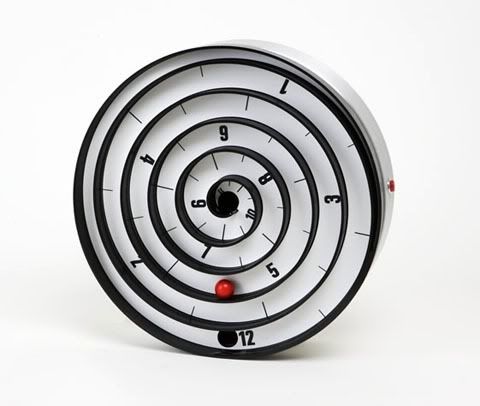Mint lays out the case against the gold-plated, gas-pressurized, terribly overpriced cables you'll find lining the shelves at electronics retailers. Monster is a main culprit of preying on those who haven't learned what Mint's very clever infographic illustrates: there is no difference that you can see with your eyes between at $6 HDMI cable and a $250 HDMI cable. Follow the link for their full take:
Wednesday, March 31, 2010
Why You Should Never Pay More Than $10 For HDMI Cables
FINALLY: The Difference between Nerd, Dork, and Geek Explained by a Venn Diagram
You’re welcome. This nerd/dork/geek/dweeb Venn diagram should save you a lot of time and frustration in the future."

Monday, March 29, 2010
Thursday, March 25, 2010
This Is the Future of the Fight Against Cancer - Nanobots - Gizmodo
 Look close. You may be staring at the end of cancer. Those tiny black dots are nanobots delivering a lethal blow to a cancerous cell, effectively killing it. The first trial on humans has been a success, with no side-effects:
Look close. You may be staring at the end of cancer. Those tiny black dots are nanobots delivering a lethal blow to a cancerous cell, effectively killing it. The first trial on humans has been a success, with no side-effects:
It sneaks in, evades the immune system, delivers the siRNA, and the disassembled components exit out.
Those are the words of Mark Davis, head of the research team that created the nanobot anti-cancer army at the California Institute of Technology. According to a study to be published in Nature, Davis' team has discovered a clean, safe way to deliver RNAi sequences to cancerous cells. RNAi (Ribonucleic acid interference) is a technique that attacks specific genes in malign cells, disabling functions inside and killing them.
i3D's glasses-free prototype screen aims to take on all of 3D's problem areas [video]
The coolest thing by far is the software's ability to convert 2D to 3D content on the fly. One second we were watching a two-dimensional clip of Cars and then with the tap of the 3D button the car was driving off the screen.
Tuesday, March 23, 2010
Tartan Ribbon - The first color photograph
Monday, March 22, 2010
A sweet problem: Princeton researchers find that high-fructose corn syrup prompts considerably more weight gain
MIT Student Invention Deployed in Haiti to Save Lives | Popular Science
PhD candidate Danielle Zurovcik has designed a $3 pump to drastically speed up the healing of countless patients in the aftermath of Haiti's recent earthquake.

Good Concept: Infinite USB plug is a big idea for small conveniences
In a classic case of "why didn't we think of this first," Chinese design student Gonglue Jiang has shown us a new way for overcoming the limitations imposed by the scarcity of USB ports onsome computers. Instead of forcing you to constantly hot swap devices into that one port, Gonglue's Infinite USB plugs keep all your cables connected, thereby facilitating those smartphone syncs, spy camera recharges, and -- for the ultimate irony -- maybe even a USB hub. If you're thinking this would be brought down by a bout of bandwidth starvation once you start some USB multitasking, you're probably right, but power shortages shouldn't be an issue as the author has also come up with an external power connector that joins into his Infinite chain of connectivity. If only this wasn't just a concept.








